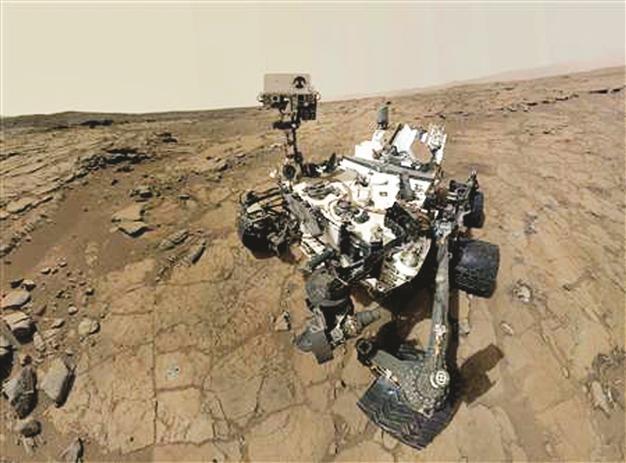Trip to Mars would likely exceed radiation limits
CAPE CANAVERAL - Reuters

Radiation levels measured by Curiosity show astronauts likely would exceed current US exposure limits during a roundtrip mission to Mars. REUTERS Photo
Radiation levels measured by NASA’s Mars Curiosity rover show astronauts likely would exceed current U.S. exposure limits during a roundtrip mission to Mars, scientists said.
The rover landed on Mars in August to search for habitats that could have supported past microbial life.
Results taken during Curiosity’s eight-month cruise to Mars indicate that astronauts would receive a radiation dose of about 660 millisieverts during a 360-day roundtrip flight, the fastest travel possible with today’s chemical rockets. That dosage does not include any time spent on the planet’s surface. A millisievert is a measurement of radiation exposure.
NASA limits astronautsNASA limits astronauts’ increased cancer risk to 3 percent, which translates to a cumulative radiation dose of between about 800 millisieverts and 1,200 millisieverts, depending on a person’s age, gender and other factors.
“Even for the shortest of (Mars) missions, we are perilously close to the radiation career and health limits that we’ve established for our astronauts,” NASA’s chief medical officer Richard Williams told a National Academy of Sciences’ medical committee on Thursday.
An astronaut living for six months on the International Space Station, which flies about 250 miles above Earth, receives a dosage of about 100 millisieverts. An abdominal X-ray scan generates about 10 millisieverts.
At NASA’s request, the Institute of Medicine panel is looking into ethics and health standards for long-duration spaceflights.
